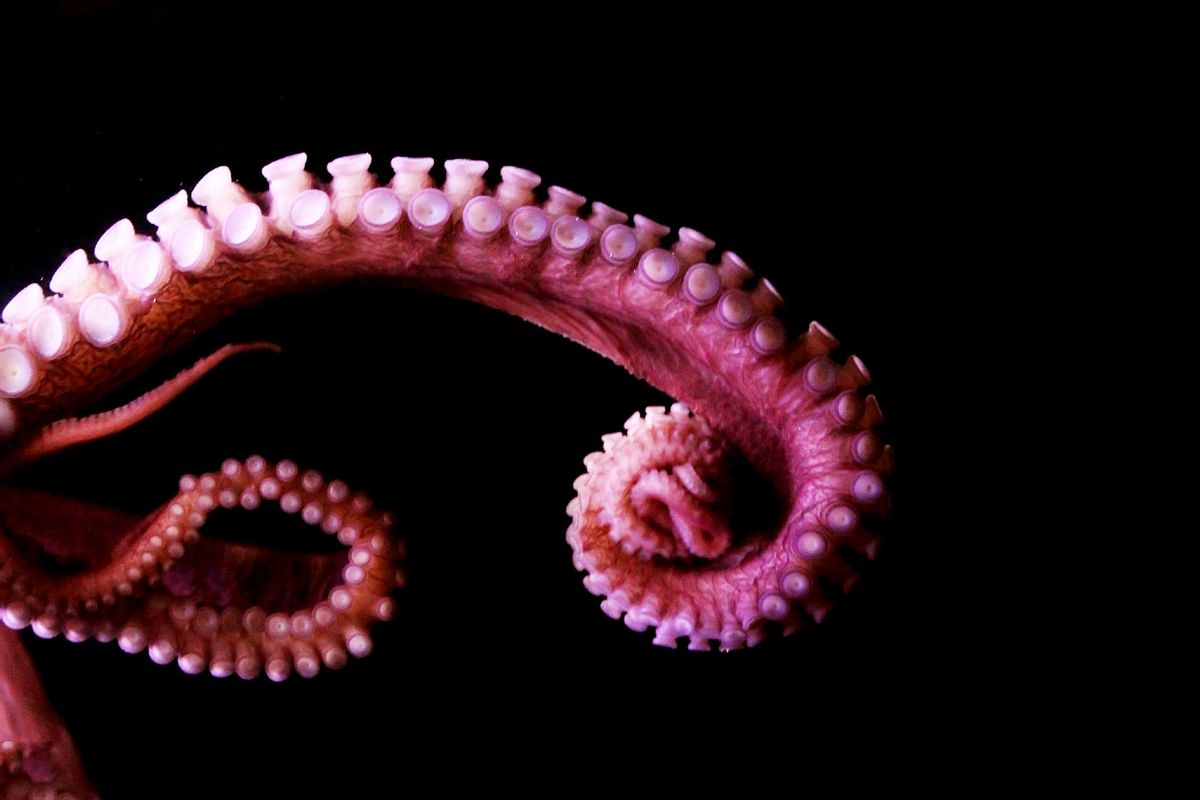New tech simulates having an octopus arm

The eldritch, alien movements of octopus arms have captivated people for generations. These underwater cephalopods don’t have just one brain but nine, with each of their arms able to act semi-independently. These movements are technically called “bend propagation,” a flexible motion that travels like a wave through to the tip before wrapping around the octopus’ prey. Each tentacle also contains rows of suckers to help the octopus maintain its grip. Naturally humans would love to have similar abilities — and, according to a recent paper in the journal Science, now they can.
Dubbed E-SOAM (or electronics-integrated soft octopus arm), the new invention is described by its creators as using a “bending-elongation propagation model to move, reach and grasp in a simple but efficient way.” While that may sound unwieldy, humans can actually operate it with just a single finger glove to control how the arm reaches and grasps both within its own plane and outside of it.
“We decided to do this project because we saw how octopus capture prey in a very elegant way,” Li Wen, a robotics researcher at Beihang University in Beijing who led the research, told Nature. This is not the first recent invention based off of octopus anatomy. Last year mechanical engineering professor Michael D. Bartlett and researchers from Virginia Tech invented a so-called “Octa-glove” which allows people to securely grip objects under water with the same control as an octopus. As Bartlett explained to Salon, most man-made adhesives do not work underwater, but “the octopus displays this ability with their suckers.”

